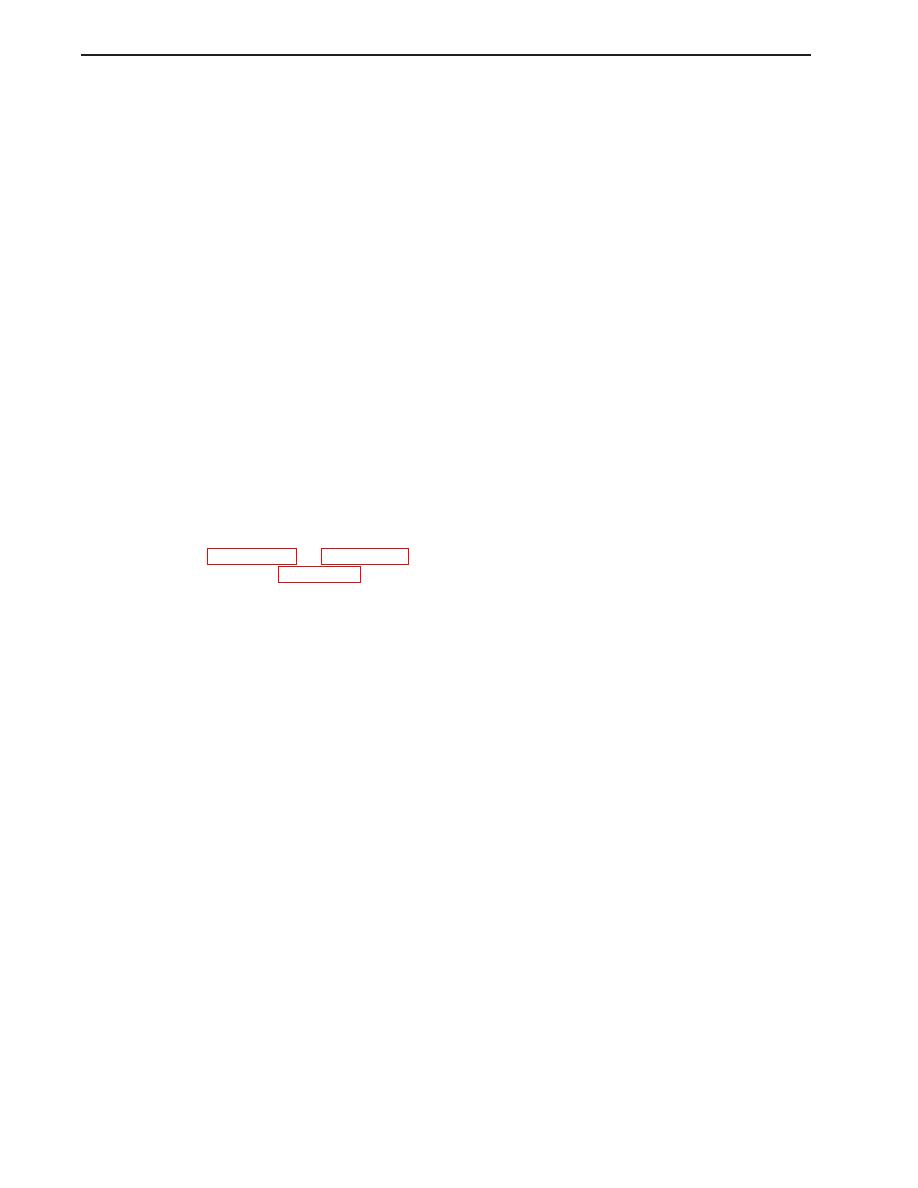
| Tweet |

Custom Search
|
|

|
||
 TM 55-1905-242-14
0052 00
INSPECTION
Look for signs of a problem or trouble. Senses help here. You can feel, smell, hear, or see many problems. Be alert when on
the vessel.
Inspect to see if items are in good condition. Are they correctly assembled, stowed, secured, excessively worn, leaking,
corroded, or properly lubricated? Correct any problems found or notify unit maintenance.
There are some common items to check all over the vessel. These include the following:
1 . Bolts, clamps, nuts, and screws: Continuously check for looseness. Look for chipped paint, bare metal, rust, or corro-
sion around bolt and screw heads and nuts. Tighten them when you find them loose. If tools are not available, notify unit
maintenance.
2.
Welds: Many items on the vessel are welded. To check these welds, look for chipped paint, rust, corrosion, or gaps.
When these conditions exist, notify unit maintenance on DA Form 2404.
3.
Electrical wires, connectors, and harnesses: Tighten loose connectors. Look for cracked or broken insulation, bare
wires, and broken connectors. If any are found, notify unit maintenance.
4.
Hoses and fluid lines: Look for wear, damage, and leaks, and make sure clamps and fittings are tight. Wet spots mean a
leak. A stain by a fitting or connector can also mean a leak. When you find a leak, notify unit maintenance.
LUBRICATION SERVICE INTERVALS - NORMAL CONDITIONS
For safer, more trouble free operations, make sure that your vessel is serviced when it needs it. For the proper lubrication and
service intervals, see WP 0053 00 and WP 0054 00. Cleaning/changing intervals for the hydraulic system filters and
strainers are contained in table 2, WP 0053 00.
LUBRICATION SERVICE INTERVALS - UNUSUAL CONDITIONS
The vessel will require extra service and care when it is operated under unusual conditions. High or low temperatures, long
periods of hard use, or continued use in a dirty environment will break down the lubricant, requiring more frequent service.
LUBRICATION UNIVERSALS
1.
Always clean fittings before lubricating them. Failure to do so can force contaminants into the bearing.
2.
Always use the PMCS work packages as the guide for lubrication.
3.
Never use the wrong type/grade of lubricant.
4.
Never use too much lubricant.
END OF WORK PACKAGE
0052 00-2
|
||
 |
||